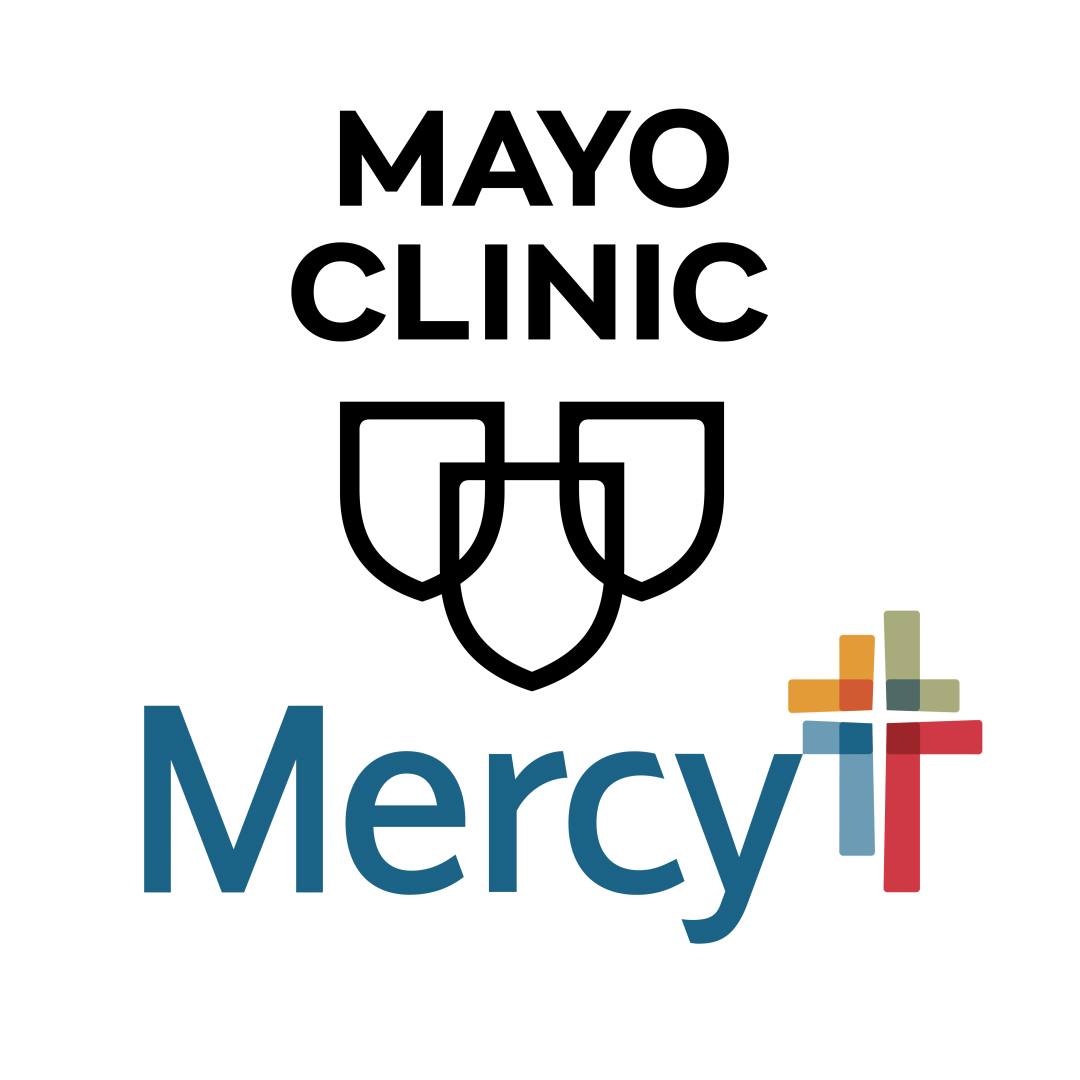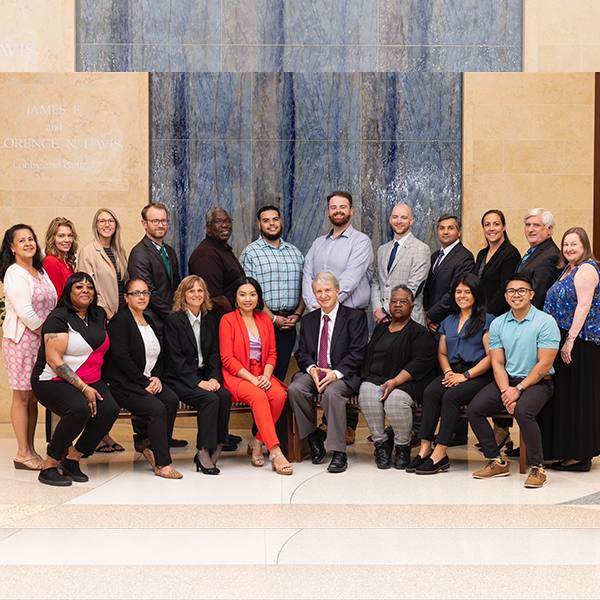-
Research
Native American’s genetic test results at Mayo Clinic reveal surprise lineage to ancient tribe

Mayo Clinic working to advance health equity among Native Americans, Alaska Natives
Schyler Martin, a member of the Munsee Band of Mohicans in Minnesota, was surprised and excited when his recent Mayo Clinic genetic test results revealed he has distinctive DNA lineage to an ancient group of Native Americans known as the Beringians. According to new research, the ancient Beringians are believed to be the first Native American tribe to arrive in North America, nearly 20,000 years ago.
"It's really amazing to me," says Martin. "I had heard about the Beringians through oral tradition, which has been passed down through the generations within my tribe. But I never imagined they would truly be a part of my ancestry."
Martin's excitement over his genetic results is well-founded. The population of genetically distinct Beringians was confirmed in 2010 during excavations of an 11,500-year-old camp in Central Alaska, where researchers discovered the remains of an infant girl. DNA analysis of the infant's remains, published in Nature, shows she belonged to the previously unknown human lineage of the Beringians.
Martin's genetic test results show he shares a DNA trait with the infant girl.
"Our oral tradition stated that my tribe 'crossed the great water at the place where this and the other country are nearly connected.' We believe the connection was a land bridge that was formed during the ice age that connected Asia to North America across the Bering Strait," Martin says.
Martin participated in Mayo Clinic's Center for Individualized Medicine's preemptive genetic research study, called Tapestry, to learn more about his ancestry and contribute to Mayo Clinic's efforts to further diversify its genomic data.
"I've never known my father, so I didn't know much about his ancestry or if there are hereditary cancers on that side of my family," Martin says. "So my participation in Tapestry was twofold."
The overall goal of Tapestry is to sequence the exomes of 100,000 people from diverse backgrounds to enable researchers to investigate large-scale patterns of distinctive mutations that fuel disease. Meanwhile, participants like Martin receive health information for three specific hereditary conditions and details about the origin of their genetic diversity.
Martin, who works at Mayo Clinic Cancer Center in Minnesota as a patient navigator serving Native Americans and Alaska Natives along their cancer journey, is now encouraging other members of his 2,600-member tribe to enroll in the genomic study to see if they, too, have a genetic link to the Beringians.
"This has generated a lot of excitement," Martin says.
Martin is also hoping some of his fellow tribe members will participate in the study to expand knowledge of potential health-related genetic traits shared among his tribe. Furthermore, he hopes the study will open the door for members to become more active and educated in their health care.
"Many Native American and Alaska Native communities experience significant inequity in health care, compared to other U.S. populations, because of their overall access to health care providers," Martin says. "American Indians often live in rural areas with few health care options, compounded by high poverty rates and a lack of health insurance."
Advancing health equity for American Indians
Mayo Clinic is taking several steps to mitigate health disparities among Native Americans and Alaska Natives, including building strong partnerships and collaborations with tribal communities. Mayo Clinic Cancer Center recently hired Martin and another patient navigator, Trudie Jackson, to support Native American and Alaska Native patients as they receive cancer care. Martin and Jackson's overall role is to better understand the needs and trends of American Indian patients with cancer.
"Mayo Clinic is also working to provide a more welcoming environment for Native Americans and Alaska Natives when they come to the campus, including dedicated spiritual rooms for prayer," says Jackson, who identifies as an American Indian in the Navajo Nation. Jackson works at Mayo Clinic in Arizona, home to the largest population of Native Americans in the U.S.
"In addition, we're working to provide Native American and Alaska Native medical students an opportunity to rotate in a tribal health care facility to share their experiences and serve their community as an emerging provider," Jackson says.
Jackson sees her most important role as providing an authentic connection, one person at a time.
"I enjoy being able to sit down with the Native American and Alaska Native patients and explain to them the resources that are available," Jackson says. "The biggest highlight is the opportunity to speak my native language with patients who prefer to converse in the Navajo language versus English.
Impact of Tapestry study goes beyond DNA
In Mayo Clinic's Center for Individualized Medicine, the Tapestry study is proving to be an invaluable tool — even beyond the discoveries of DNA disease links and diversifying genomic data to improve the health of everyone.
"We're impacting the lives of participants by illuminating unknown relationships between ancient civilizations and modern ones. We are also creating a mineable, long-term data repository that is representative of all populations in order to promote scientific discoveries and expand the reach of individualized medicine,” says Konstantinos Lazaridis, M.D., the Carlson and Nelson Endowed Executive Director for Mayo Clinic's Center for Individualized Medicine.
Learn more
Read more stories about advances in individualized medicine.
Register to get weekly updates from the Mayo Clinic Center for Individualized Medicine blog.
Join the conversation
For more information, visit Mayo Clinic Center for Individualized Medicine, or Twitter at @MayoClinicCIM.









